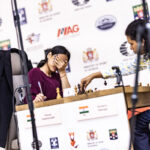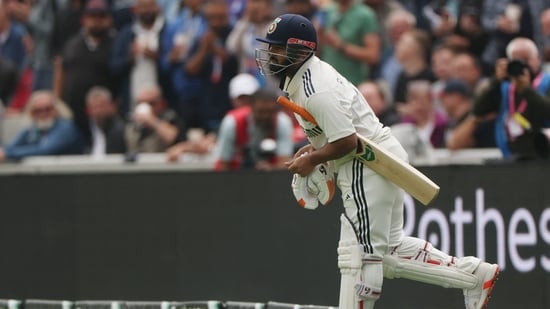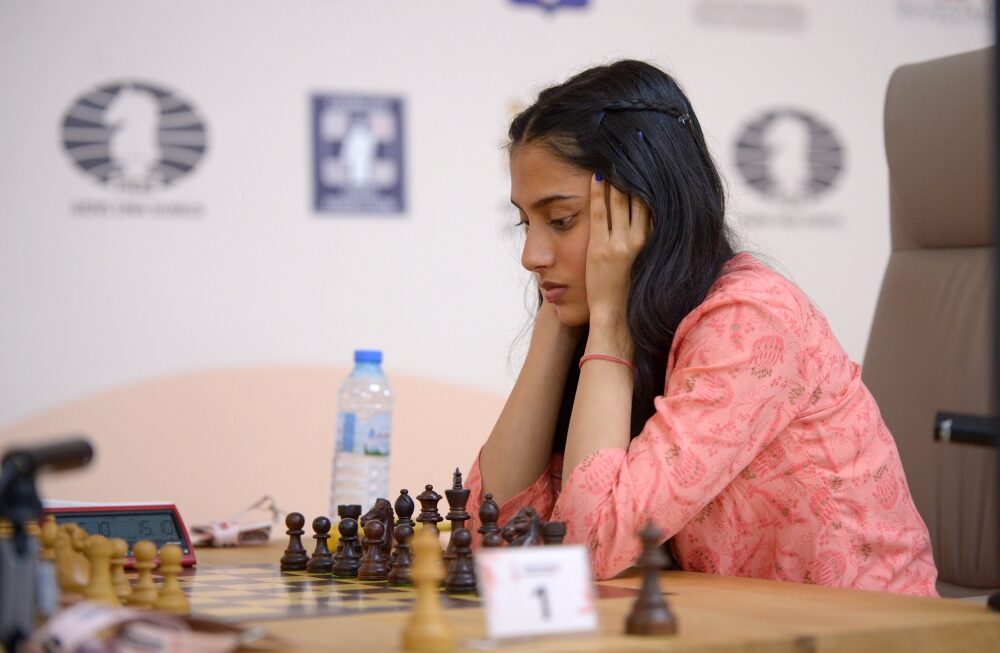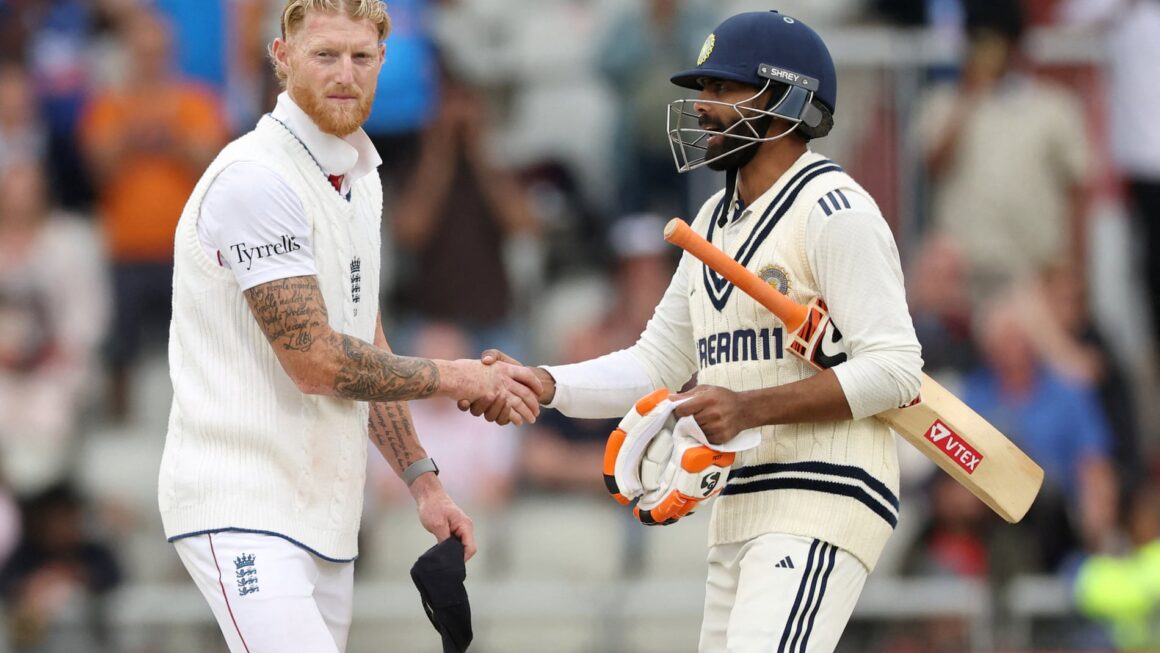Rishabh Pant Injury Controversy: Complete Analysis of the Old Trafford Incident and Cricket Legends’ Response
The Incident That Sparked Widespread Debate
Rishabh Pant Injury Controversy: The fourth Test match between India and England at Old Trafford witnessed one of the most contentious moments in recent cricket history when Rishabh Pant sustained a foot injury that has divided opinion across the cricketing fraternity. What began as a seemingly straightforward injury during play has evolved into a comprehensive debate about sportsmanship, gamesmanship, and the interpretation of cricket’s Laws.
During India’s first innings on Day 1, Pant attempted a reverse sweep against England’s bowling attack when the ball struck his right foot, specifically fracturing his metatarsal bone. The wicketkeeper-batter retired hurt on day one after attempting a reverse sweep, requiring immediate medical attention and departure from the field via a golf cart due to the severity of the pain.
Cricket Legends Express Harsh Criticism
The controversy intensified when prominent cricket personalities, particularly in the legends’ lounge at Old Trafford, began questioning the authenticity and severity of Pant’s injury response. Former England cricketer David Lloyd has accused Rishabh Pant of ‘milking’ his injury, saying he should have been timed out for coming late to the crease.
Lloyd’s criticism extended beyond mere observation, suggesting that Pant’s delayed return to the crease should have resulted in a formal dismissal under cricket’s timing regulations. This perspective gained traction among several former players who felt that the Indian wicketkeeper was exploiting the situation to gain unfair advantage.
In the legends lounge, some were critical of how slowly Pant made his way down the dressing room stairs, with observers noting the discrepancy between his apparent mobility off the field versus his demonstrated difficulty when batting.
Medical Assessment and Injury Severity
Professional medical evaluation revealed the legitimate nature of Pant’s injury, with scans confirming a fractured metatarsal bone in his right foot. Pant has been advised to take six weeks rest, but it is understood that he wants to try and bat again in this innings, demonstrating both the severity of the injury and the player’s commitment to his team’s cause.
The medical advice directly contradicted suggestions that the injury was exaggerated or fabricated for tactical advantage. A fractured metatarsal represents a significant structural injury that typically requires extended recovery periods and can severely impact a player’s mobility and batting technique.
The Timed Out Controversy Explained
Cricket’s Law 40 governs the dismissal method known as “timed out,” which occurs when an incoming batsman fails to be ready to receive the ball within three minutes of the previous batsman’s dismissal. However, this Law contains specific provisions for injured players that create gray areas in interpretation.
The controversy centers on whether Pant’s injury-related delay constituted grounds for a timed-out dismissal, despite his legitimate medical condition. Critics argue that regardless of injury status, players should adhere to timing regulations, while supporters contend that genuine medical emergencies warrant flexibility in Law application.
Comparative Analysis of Similar Incidents
Historical precedent in international cricket reveals inconsistent handling of injury-related batting delays. Previous incidents involving players like Anil Kumble, who famously bowled with a broken jaw, and Graeme Smith, who batted with various injuries, provide context for evaluating Pant’s situation.
The distinction lies in the immediacy of medical attention required and the player’s ability to continue effectively. Unlike players who have continued despite injuries, Pant’s situation required immediate medical intervention and assessment before any continuation of play could be considered safe.
Impact on Match Dynamics and Team Strategy
Pant’s injury significantly altered India’s batting approach and overall match strategy. His absence from the crease during crucial phases of play affected the team’s momentum and required tactical adjustments from both captain and coaching staff.
Having been forced off the field on Day 1 owing to a nasty blow to his right foot, India’s wicket-keeper-batter returned to bat on Day 2 in Manchester, demonstrating remarkable determination to contribute to his team’s efforts despite medical advice suggesting extended rest.
The Gamesmanship Debate in Modern Cricket
This incident highlights broader questions about gamesmanship versus fair play in contemporary cricket. The distinction between legitimate tactical awareness and unsporting behavior becomes blurred when injuries intersect with competitive advantage.
Modern cricket’s increased emphasis on marginal gains and psychological warfare creates environments where every action faces scrutiny for potential competitive advantage. Pant’s situation exemplifies how genuine medical emergencies can be perceived through the lens of tactical manipulation.
Regulatory Framework and Future Implications
The International Cricket Council’s handling of this controversy will likely influence future interpretations of injury-related delays and their impact on timing regulations. Clear guidelines distinguishing between genuine medical emergencies and tactical delays require development to prevent similar controversies.
Cricket’s governing bodies must balance player welfare with competitive integrity while maintaining the sport’s traditional values of fair play and sportsmanship. This incident serves as a catalyst for necessary regulatory clarification.
Media Coverage and Public Opinion
The incident generated extensive media coverage across multiple platforms, with opinion divided along national and generational lines. Traditional cricket commentators tended toward criticism of Pant’s actions, while modern analysts emphasized player welfare and medical considerations.
Social media amplified the controversy, with fans and experts offering contrasting perspectives on the appropriateness of Pant’s conduct and the validity of criticism from cricket legends.
Player Welfare Considerations
Modern cricket’s increased focus on player welfare creates tension with traditional expectations of stoicism and immediate continuation despite injury. The balance between protecting player health and maintaining competitive integrity requires careful navigation.
Pant’s decision to seek immediate medical attention aligns with contemporary approaches to injury management, prioritizing long-term health over short-term competitive considerations. This shift in philosophy sometimes conflicts with traditional cricket values.
Technical Analysis of the Injury Mechanism
The specific mechanism of Pant’s injury – a reverse sweep resulting in ball impact on the foot – represents a common risk in modern batting techniques. The reverse sweep’s technical demands place unusual stress on foot positioning and balance, increasing injury risk during execution.
Biomechanical analysis of the shot reveals how timing and foot placement errors can result in direct ball impact on vulnerable bone structures, particularly the metatarsal region that sustained damage in Pant’s case.
Decision-Making Under Pressure
The controversy highlights the complex decision-making processes facing injured players during high-stakes international matches. Factors including team position, match situation, personal career considerations, and medical advice all influence player choices.
Pant’s eventual return to batting demonstrates the difficult balance between individual welfare and team responsibility that defines professional cricket at the highest level.
Conclusion and Future Outlook
The Rishabh Pant injury controversy at Old Trafford represents more than a single incident – it embodies the evolving tensions between traditional cricket values and modern player welfare considerations. While cricket legends may question the circumstances surrounding his delayed return, medical evidence supports the legitimacy of his injury and the appropriateness of his actions.
Future incidents of similar nature will likely reference this controversy as precedent, making clear regulatory guidance essential for maintaining both competitive integrity and player safety. The incident serves as a reminder that cricket’s evolution must balance respect for tradition with adaptation to contemporary understanding of athlete welfare and medical best practices.
Cricket’s continuing development requires thoughtful consideration of how traditional values intersect with modern realities, ensuring that the sport maintains its essential character while protecting those who compete at its highest levels.













